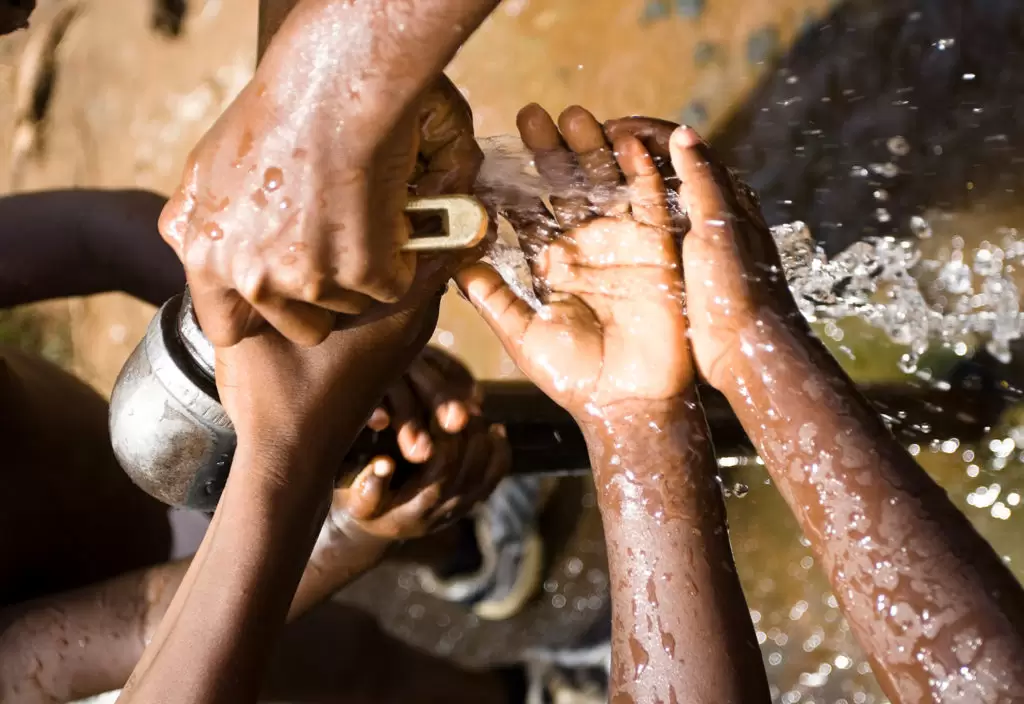Engineering students came together to design practical solutions for problems affecting the growing number of people living in refugee camps.
According to the United Nations Refugee Agency, the world is experiencing the highest levels of displacement on record with close to 70.8 million people forced to leave their homes due to persecution or conflict. This includes almost 25.9 million refugees.
Ashley Brinson, executive director of The Warren Centre, told create he was hoping to expand students’ horizons and their vision for the sorts of problems engineers can solve, including water, sanitation and hygiene (WASH) issues faced by people living in refugee camps and temporary settlements.
To do this, the Warren Centre teamed up with international humanitarian response agency RedR to run a weekend-long hackathon in Sydney, which ran from Friday 16 August to Sunday 18 August.
Over the weekend, teams of university students worked with mentors from industry and the humanitarian relief sector to create rapid prototypes of practical solutions to current problems faced by RedR in the field. Solutions were aimed at helping RedR with their work at the Cox’s Bazar refugee settlement in Bangladesh, which shelters about 900,000 refugees.
“We’re going to bring some problems from the frontline with RedR’s experience of helping people,” Brinson added.
Tight timeframe
Teams of students brainstormed their solutions in a tight timeframe between Friday night and Sunday afternoon. They also had the opportunity to design, build and test elements of their solutions.
Brinson said they were expecting about 100 people at the event launch on Friday night, including mentors and students.
“We’ve got mentors for teamwork, technology and innovation, and mentors who are specialists and experts in the field for the humanitarian problem,” he added.
Places for the hackathon were fully subscribed, with 60 students registered from NSW, Queensland, Victoria and Canberra. Brinson hopes to encourage wider national participation in coming years.
After developing their ideas over the weekend, teams made their final pitch to judges on Sunday afternoon, with the winning team taking home $5000.
Humanitarian innovation
The Humanitarian Innovation Hackathon is part of the inaugural Professor Ron Johnston Humanitarian Innovation Awards. It follows the Humanitarian Innovation Pitch in May, which asked university students to submit short video pitches outlining solutions to real humanitarian problems.
The finalists in the pitch competition included two teams from the University of Sydney, one from Queensland University of Technology and one from Charles Sturt University in Canberra.
The Charles Sturt team designed a solar water disinfection (SODIS) system to provide safe drinking water for use in areas such as Timor L’Este.
“The SODIS System isn’t reliant on mains electricity, can be adjusted to the direction of the sun, and can be used in remote areas and those affected by natural disasters,” said team members and engineering students Ethan Hastings and Zac Stanford.
Brinson said the awards were named for the executive director of the Australian Centre for Innovation, who provided the funding to make them possible.
Asked what would happen to students’ solutions after the hackathon weekend, Brinson said he would have to see what the teams created, but there was potential for RedR to put them to use in the field.
He added that there was enough funding to continue the awards for the next five or six years.

